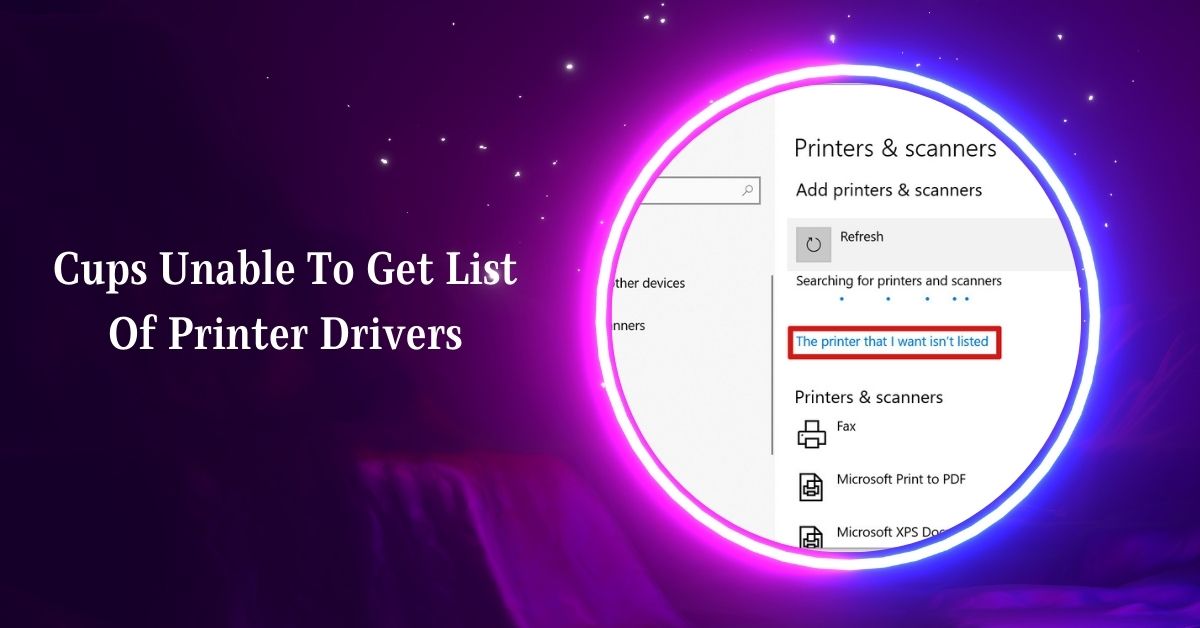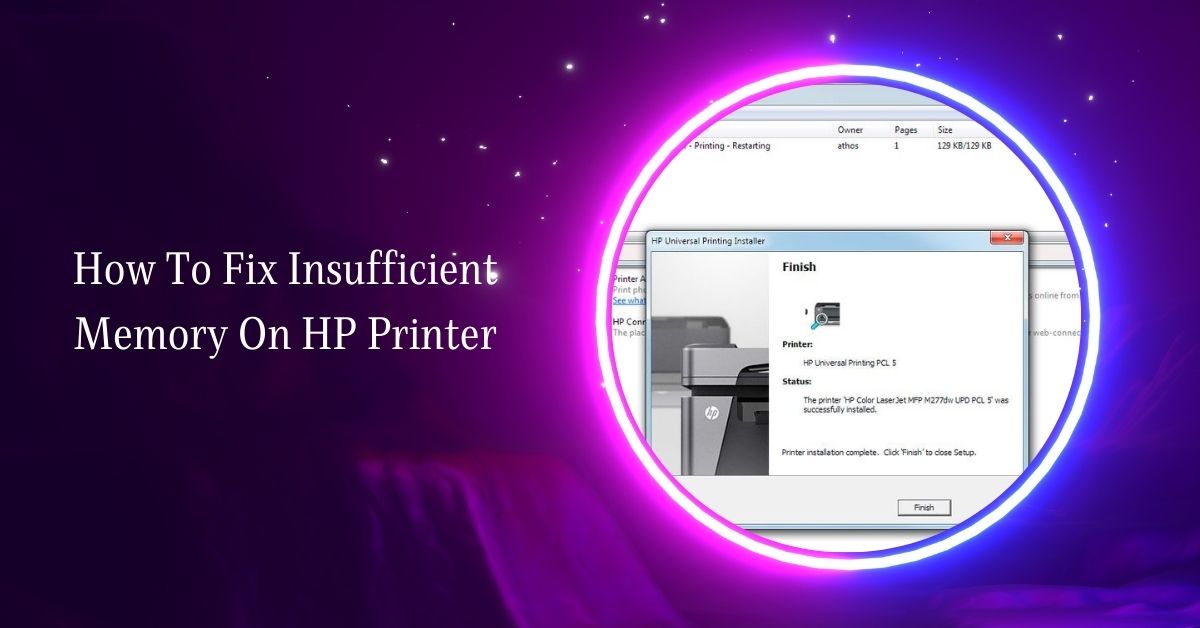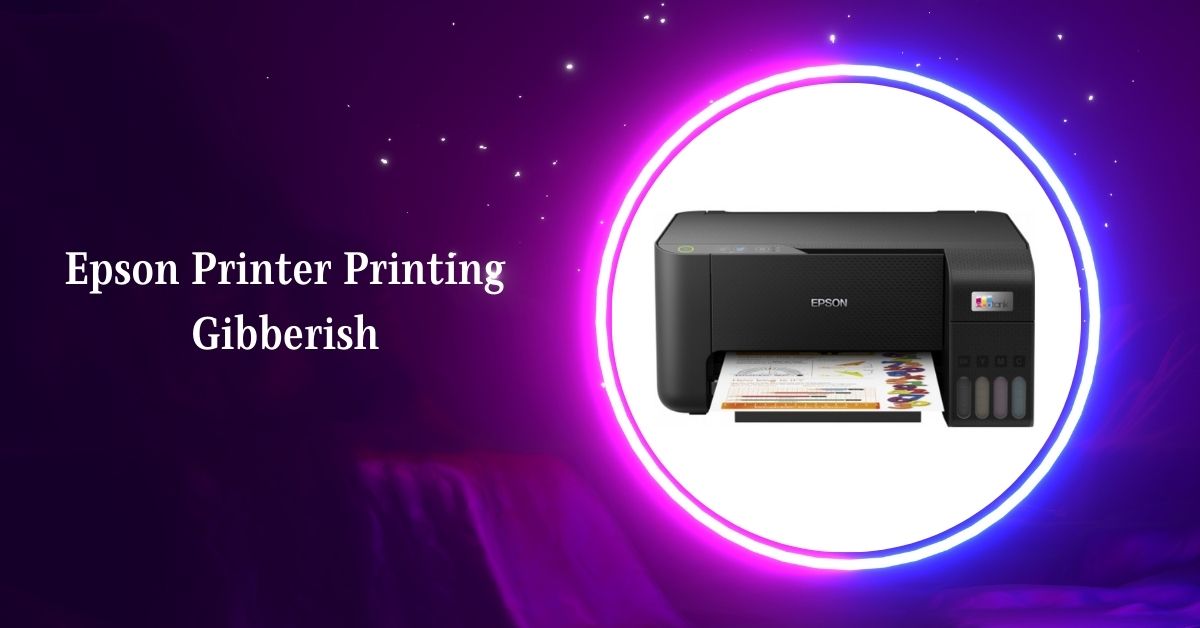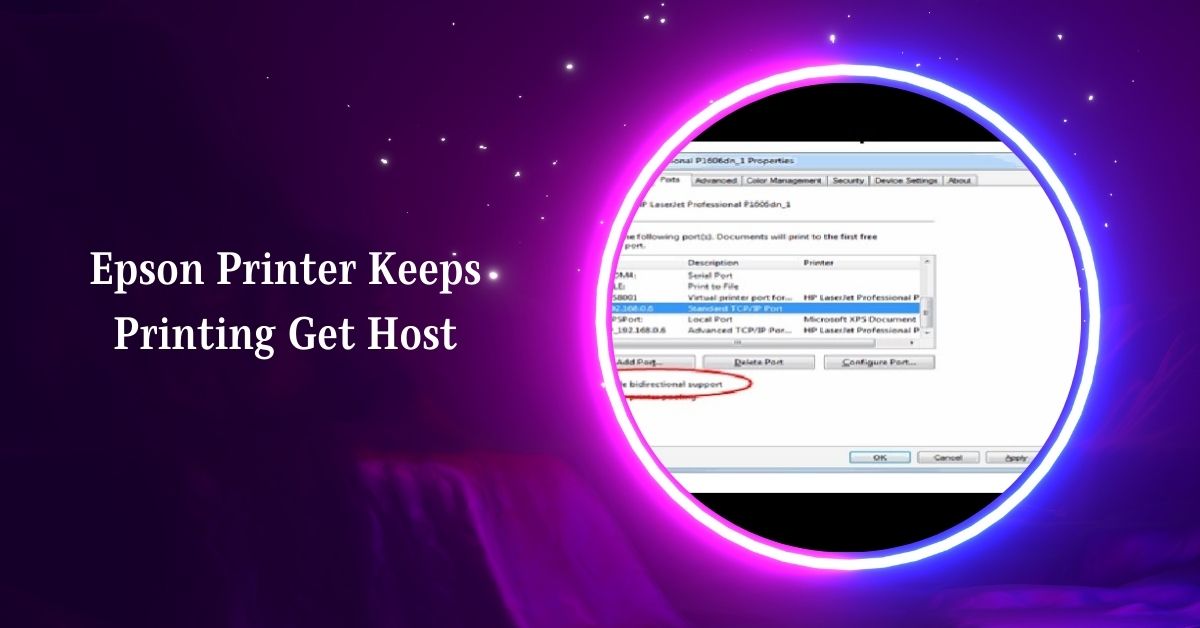It is common to encounter issues with the Common UNIX Printing System (CUPS), such as failing to list printer drivers.
If CUPS is unable to get a list of printer drivers, check for permissions issues, ensure necessary packages like `foomatic-db-engine` are correctly installed, and restart the CUPS service. Visit the CUPS web interface for manual driver selection.
Here’s a comprehensive guide to troubleshooting and resolving this issue.
Understanding the Issue
1. What Does “CUPS Unable to Get List of Printer Drivers” Mean?
When you encounter the message “CUPS unable to get a list of printer drivers,” it indicates that the CUPS server is having trouble accessing or displaying the available printer drivers. This can prevent you from adding new printers or configuring existing ones properly.
2. Common Scenarios Where This Issue Occurs
This issue can arise in various scenarios, such as after a software update, changes in network settings, or even during the initial setup of a printer on a new system. It’s essential to identify the context in which the problem occurs to diagnose it accurately.
Common Causes and Solutions
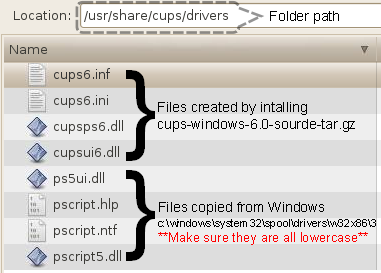
1. Permissions Issues:
- Ensure you have the necessary permissions. Running lpinfo -m as a superuser can help diagnose permissions-related issues.
- Use sudo to execute CUPS commands, as a lack of superuser privileges can prevent CUPS from accessing certain system files and directories.
2. Driver Dependencies:
- Many users report issues with the foomatic-db-engine package, causing conflicts. Removing this package can sometimes resolve the issue, though it may not be a feasible solution if other applications depend on it.
- Similarly, the HPLIP (HP Linux Imaging and Printing) package has dependencies that might conflict with CUPS. Installing and removing HPLIP strategically and manually selecting PPD files can help.
3. Configuration Files:
- Corrupted or misconfigured driver files can cause CUPS to fail in listing available drivers. Checking for bad driver information files in directories such as /usr/share/cups/model/ and /usr/share/ppd/ can identify problematic files.
- Reviewing the CUPS error logs, typically found at /var/log/cups/error_log, can provide insights into which files or configurations are causing issues.
4. Restarting Services:
- Sometimes, restarting the CUPS service can resolve temporary glitches. Use commands like sudo systemctl restart cups or sudo service cups restart to restart the service.
- Additionally, ensure that the CUPS service is enabled to start at boot with sudo systemctl enable cups.
5. Web Interface and Driver Installation:
- Access the CUPS web interface via http://localhost:631/. From here, you can manually add printers and select drivers. If drivers do not appear, try adding the printer using a direct URI or by manually specifying the driver file.
- Manually downloading and installing PPD files from printer manufacturers’ websites and placing them in the appropriate directories can also help CUPS recognize and use these drivers.
6. Network and Connectivity Issues:
- For network printers, ensure that the printer is properly connected and reachable. Using hp-setup -i with the IP address of the printer can configure network printers and resolve connectivity-related issues.
- Sometimes, network latency or slow connections can cause timeouts. Adjusting timeout settings in the CUPS configuration files, such as increasing KeepAliveTimeout and Timeout values, can help.
Diagnosing the Problem
1. Checking CUPS Status
Start by checking the status of the CUPS service. You can do this by opening a terminal and running the command:
systemctl status cups
This command will show you whether CUPS is running correctly or if there are any errors.
2. Reviewing Logs
Logs can provide valuable insights into what’s going wrong. You can find the CUPS logs in the following location:
/var/log/cups/error_log
Review these logs for any error messages or warnings that can point you toward the root cause.
3. Verifying Network Connections
Ensure that your network settings are correct and that your computer can communicate with the printers. You can test network connectivity using ping commands or by checking network configurations.
Advanced Troubleshooting
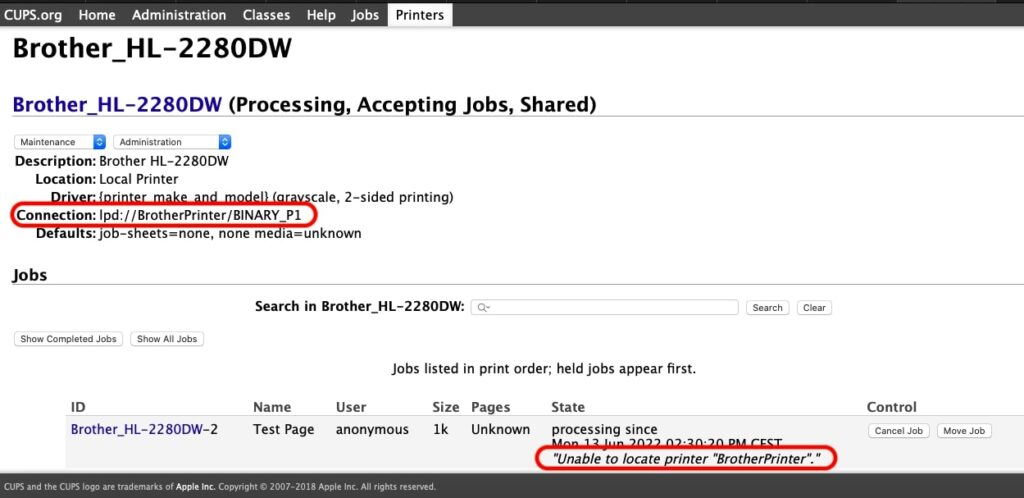
1. Debugging Mode:
Running CUPS in debug mode can provide more detailed logs. Edit the configuration file located at /etc/cups/cups.conf, set LogLevel to debug, and restart the CUPS service. Review the logs for detailed error messages.
2, Checking for Known Bugs:
Check forums, mailing lists, and issue trackers for known bugs and patches. Websites like the CUPS GitHub repository, Arch Linux forums, and various Linux user groups are valuable resources for finding solutions to common issues.
3. Updating Software:
Ensure that your system and all related packages are up to date. Outdated software can have unresolved bugs that may have been fixed in newer versions. Use package managers like apt, yum, or pacman to update your system .
4. Alternative Drivers:
If specific drivers cause issues, consider using alternative drivers. For example, Gutenprint provides high-quality drivers for many printers and can be an alternative to manufacturer-provided drivers.
5. Using Custom PPD Files:
When standard drivers fail, custom PPD (PostScript Printer Description) files can be used. Downloading the appropriate PPD file for your printer model and placing it in /usr/share/cups/model/ can sometimes resolve driver issues. Ensure that the PPD file is compatible with your printer and CUPS version.
6. Community Support:
Engaging with community forums such as the Arch Linux Forums, CUPS mailing lists, and Reddit’s LinuxQuestions can provide valuable insights and solutions from other users who have faced similar issues. Detailed discussions and step-by-step guides often offer practical solutions.
Preventative Measures
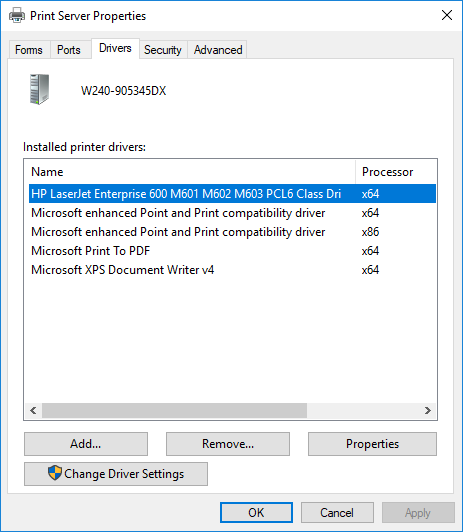
1. Regular Software Updates
Keep your system and software up to date to avoid compatibility issues. Regular updates can prevent many common problems.
2. Proper Network Configuration
Ensure that your network settings are always correctly configured. Regularly check and update your network settings as needed.
3. Routine Maintenance Checks
Perform routine maintenance checks on your system to ensure everything is running smoothly. This can include checking logs, verifying configurations, and updating software.
FAQs
1. Why are all my printer drivers unavailable?
All your printer drivers might be unavailable due to outdated software, incorrect configurations, missing dependencies, or network issues affecting the communication between your computer and the printers.
2. Why is CUPS not finding my printer?
CUPS might not find your printer due to network connectivity problems, incorrect printer configuration, outdated CUPS software, or missing or incompatible printer drivers installed on your system.
3. How do I add printer drivers to CUPS?
To add printer drivers to CUPS, access the CUPS web interface, navigate to the ‘Administration’ tab, follow the prompts to add a new printer and select the appropriate driver.
4. Why is my printer driver not showing up?
Your printer driver may not show up due to missing or corrupt driver files, outdated software, or incorrect installation. Ensure you have the correct and latest drivers installed.
5. How do I fix a printer driver problem?
To fix a printer driver problem, update or reinstall the driver, check for software updates, ensure proper configuration, and verify network settings. Restarting the computer can also help resolve issues.
6. How to reinstall printer drivers?
To reinstall printer drivers, first uninstall the current driver from your system. Then, download the latest driver from the manufacturer’s website and follow the installation instructions provided.
7. How do I update my printer driver?
Update your printer driver by visiting the printer manufacturer’s website, downloading the latest driver version, and following the installation instructions to replace the old driver with the new one.
8. How do I reset my printer driver on my computer?
Reset your printer driver by uninstalling the current driver, restarting your computer, and then reinstalling the latest driver from the manufacturer’s website to ensure a fresh start.
9. How to manually install printer drivers?
To manually install printer drivers, download the driver from the manufacturer’s website, open the downloaded file, and follow the on-screen installation instructions to complete the process.
Final Thoughts
When CUPS fails to list printer drivers, ensure permissions are correct, dependencies are met, and services are restarted. Regular updates, proper network configurations, and routine maintenance can prevent such issues and ensure seamless printing operations on your system.






